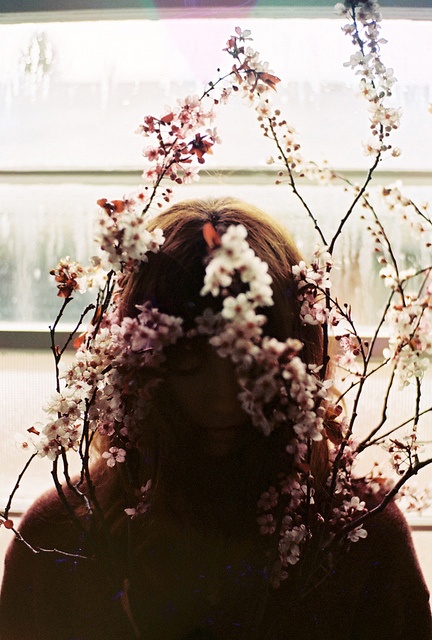 The 1st house in astrology serves as a fascinating window into the outer facets of an individual’s persona, offering a rich array of insights into their appearance, immediate reactions, and overall approach to life. This house is akin to the front door of one’s astrological chart, presenting the first impression that is projected onto the world. One of its primary functions is to act as a mirror, reflecting how a person is perceived by others. It serves as a spotlight, showcasing the general impact one makes on the people and environment around them. Imagine it as the lens through which the world initially views and interacts with an individual. It encapsulates the essence of immediacy in one’s expression, capturing the raw, unfiltered reactions that shape interpersonal dynamics.
The 1st house in astrology serves as a fascinating window into the outer facets of an individual’s persona, offering a rich array of insights into their appearance, immediate reactions, and overall approach to life. This house is akin to the front door of one’s astrological chart, presenting the first impression that is projected onto the world. One of its primary functions is to act as a mirror, reflecting how a person is perceived by others. It serves as a spotlight, showcasing the general impact one makes on the people and environment around them. Imagine it as the lens through which the world initially views and interacts with an individual. It encapsulates the essence of immediacy in one’s expression, capturing the raw, unfiltered reactions that shape interpersonal dynamics.
In essence, the 1st house is a powerhouse that influences virtually everything in an individual’s immediate sphere. It sets the stage for how they engage with the world, shaping their external identity and coloring their experiences. It’s the first point of contact for all external stimuli, akin to a filter that determines how events, relationships, and circumstances are initially perceived.
As this house takes center stage, it’s crucial to note that while it provides valuable insights into the outer personality, appearance, and immediate reactions, it doesn’t unveil the entirety of an individual’s complexity. It’s a lens focused on the surface, offering a snapshot rather than a complete portrait. In this way, the 1st house may not fully capture the depths of one’s inner self or the myriad layers of their personality.
Understanding the 1st house, therefore, is akin to grasping the art of first impressions and the initial perceptions that color our interactions. However, just like a book cannot be solely judged by its cover, the 1st house should be complemented by a broader exploration of the entire astrological chart to reveal the nuances and intricacies that lie beneath the surface. Delving deeper into other areas of the chart unveils the complementary chapters of an individual’s astrological story, offering a more holistic understanding of their unique character.
Have you ever had a friend who was Miss Congeniality – until you got to know her? Did you ever encounter anyone who seemed standoffish and cold at first but warmed up later on? Do you know anyone whose devil-may-care light-hearted attitude masks a calculating, manipulative mind? And have you ever wondered how you strike other people, especially when they don’t know you well. Your horoscope provides the answer. While your Sun sign may not be apparent to people, they definitely notice your Ascendant. It’s your image, your façade, your surface personality. Whether it clashes or harmonizes with your Sun sign, it describes the way people see you and the impression that you make. Astrology For Dummies

The concept of the 1st house in astrology as representing a mask or persona aligns closely with psychological theories, particularly the notion of the “persona” in Jungian psychology. The persona, derived from the Latin word for mask, refers to the social face an individual presents to the world. This connection between astrology and psychology provides a fascinating exploration of how people navigate their identities in social contexts.
In the astrological context, the 1st house serves as the astrological mask, portraying the face individuals show to strangers, acquaintances, and those encountered for the first time. This mask is like a carefully crafted presentation, showcasing aspects of one’s personality deemed suitable or acceptable for public consumption. It’s the front-and-center projection that often conceals the intricacies of an individual’s inner world.
The mask, worn consciously or unconsciously, serves as a protective layer, shielding vulnerable or less socially acceptable aspects of the self. In this dance of personas, individuals navigate the delicate balance between authenticity and societal expectations. The mask can be a tool for social adaptation, allowing people to fit into various contexts and situations. However, it can also lead to a sense of disconnection between the projected image and the true, multifaceted self.
In psychology, they call it the “persona,” you know, like the masks those ancient Etruscan actors used to wear. The idea is that we’re all playing these roles, projecting this carefully curated version of ourselves to the world. We’re at a masked ball, where everyone’s donning these cosmic disguises, hiding parts of themselves behind a facade. The thing is, the world has become this masquerade, and we’re all getting really good at wearing these masks. We’re becoming pros at showing the face we think people want to see – to strangers, acquaintances, anyone we meet for the first time. But behind those masks, behind the glitz and the glam, there’s a whole other world. It’s as if we’re juggling this dual existence, balancing between the projected image and the raw, unfiltered truth of who we really are. The 1st house is like the front page of our astrological autobiography, but you can’t judge the whole damn book by it. It’s just the cover, not the whole story.
The Ascendant, often referred to as the “Rising Sign,” is a multifaceted astrological element that defies easy categorization. Its complexity lies in its ability to embody various dimensions simultaneously, making it a nuanced and intricate aspect of an individual’s astrological profile.
At its core, the Ascendant serves as a symbolic representation of how an individual engages with the external world. It encapsulates the manner in which one presents oneself to others—a sort of social mask or persona that shapes the initial impressions people form. This outward projection is not necessarily a deliberate facade but rather an instinctive response, reflective of the individual’s approach to interpersonal interactions.
The Ascendant also functions as an “image of the personality” that is readily observable by those in the immediate surroundings. This image is the first impression others have, influencing their perceptions and expectations. It may not always align with the deeper layers of one’s true self, creating a fascinating interplay between authenticity and the projected self.
Furthermore, the Ascendant is infused with a spontaneous energy that permeates an individual’s entire being. It dictates an inherent attitude toward life, coloring the lens through which experiences are filtered. This energy is dynamic, shaping behaviors, reactions, and overall outlook in a way that is uniquely individual. It contributes to the way a person approaches challenges, opportunities, and interacts with the world on a day-to-day basis.
Despite its significance, the Ascendant can be an enigmatic element in the birth chart. While it may be overt and easily recognizable in some individuals, in others, it remains elusive and challenging to decipher. This elusiveness was aptly acknowledged by astrologer Dane Rudyhar, who described the Ascendant as “the most elusive and hard-to-know factor in the birth chart.” The complexity of the Ascendant lies in its ability to reflect both the obvious and the hidden aspects of an individual’s identity, making it a fascinating and essential piece of the astrological puzzle.
The Ascendant isn’t just a surface-level act; it’s a deep, cosmic energy that seeps into every nook and cranny of our being.















